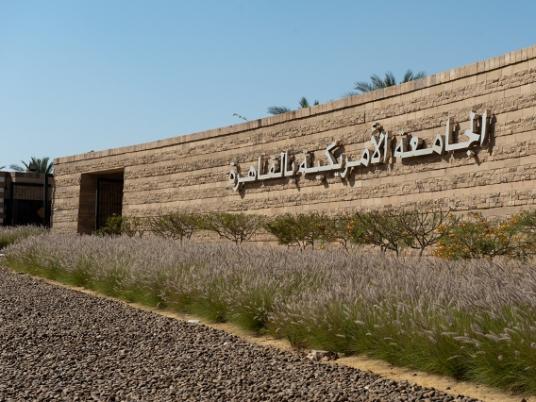Last week, the John D. Gerhart Center for Philanthropy and Civic Engagement launched the Muslim Philanthropy Digital Library in Cairo, the first library of its kind in the world.
In partnership with the American University in Cairo and the Women and Memory Forum – an Egyptian NGO – the Gerhart Center envisions the library as an accessible digital resource on philanthropic practices in Muslim-majority countries and Muslim communities worldwide.
But the library does not restrict itself to the common understanding of philanthropy.
“We look at philanthropy in a broad sense that includes giving money, time and energy as well as civic engagement," explains Sherine al-Taraboulsi, the library project manager.
As a result the collection, which covers philanthropic practices from the early 20th century to the present, cites the social, political, legal, historical and cultural dimensions of Muslim philanthropy. It even goes as far as including documentary material from the 25 January revolution.
So far the library includes 200 documents, from original contracts and waqf (Islamic charitable foundations) registrations to reports, graphs and scholarly texts. Eight hundred more documents are being acquired and will be available before the end of the year. The resources are in both English and Arabic. Soon, Farsi, French and German sources will be added.
In addition to the online library, interviews and conferences with philanthropists from all over the Muslim world are available on the library’s YouTube channel.
Some people find the description of the collection as "Muslim philanthropy" misleading. But Taraboulsi explains that “Contrary to popular perception, Muslim philanthropy is not completely Islamic. It’s not bound within the confines of religion but is a dynamic space where culture, history, politics, economics, law, art and architecture are extremely relevant.”
She says that as Islam emerged in a world where other traditions already existed, Muslim philanthropy reflects the blend of Islamic values with other traditions.
One interesting collection in the library is “Bint al-Nil” (Daughter of the Nile), which focuses on women-led philanthropy in the first half of the 20th century.
“Bint al-Nil” was the name of both an association and a journal created in 1948 by Doria Shafik, a well-known educator, journalist and reformer. The journal chronicles the civic engagement of women both in Egypt and abroad during the period around the 1952 revolution.
“Bint al-Nil” gives a glimpse of Egypt at the time, engaging the reader in interesting comparisons with the current role of women in the country.
“It’s surprising how flipping through the articles of the special collection you realize how everything was related to civic engagement, suggesting interesting comparisons to the 25 January revolution,” Taraboulsi says.




